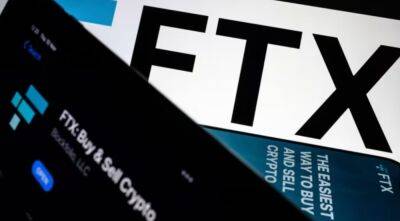The typical U.S. household is spending $445 more a month due to inflation. Here's how to reduce the bite
Inflation is causing American households to spend $445 more per month buying the same items they did a year ago, according to an estimate from Moody's Analytics.
Consumer prices jumped by 8.2% in September versus the same month in 2021, the U.S. Bureau of Labor Statistics said Thursday. That rate is down from 9.1% in June, which marked the recent peak, but is still near the highest levels since the early 1980s.
Wages for many workers haven't kept pace with inflation, meaning they've lost purchasing power. Hourly earnings fell 3%, on average, in the year to September after accounting for inflation, according to the BLS.
The inflation impact on households' wallets isn't uniform, though. Your personal inflation rate depends on the types of goods and services you buy, and other factors like geography.
Regardless, it has been a «tough time» for all households, said Ryan Sweet, lead U.S. economist at Moody's.
«Inflation is affecting people very, very differently,» Sweet said. «But everyone is feeling the effect.»
The Moody's estimate of inflation's dollar impact analyzes September's annual inflation rate and typical household outlays as outlined by the Consumer Expenditure Survey.
Households can take certain steps to blunt the impact — and most are unlikely to feel good, according to financial advisors.
«There's no one silver bullet,» said Joseph Bert, a certified financial planner who serves as chairman and CEO of Certified Financial Group. The firm, based in Altamonte Springs, Florida, ranked No. 95 on the 2022 CNBC Financial Advisor 100 list.
«It's all those little decisions that add up at the end of the month,» Bert said.
Firstly, it's critical to separate fixed from discretionary expenses, said Madeline Maloon, a
Read more on cnbc.com


 cnbc.com
cnbc.com




















